From intricate, detailed sculptures to rustic, one-of-a-kind pieces, softwoods can be used to create beautiful works of art. If you’re looking to start a new carving project, or simply just want to know more about the types and uses of softwoods available, then this article is for you. Here, we will explore the different types of softwoods available, their individual characteristics and what they can be used for in wood carving projects. Softwoods are a popular choice for wood carving due to their availability, affordability, and the range of different types available.
This article will explore the different types of softwoods available for carving, their characteristics, and the best uses they are suited to. One of the most common softwoods used for carving is pine. Pine wood has a coarse grain and is usually yellowish or reddish in color. It is lightweight and easy to work with, making it ideal for projects like figurines, toys, ornaments, and small sculptures.
Pine is also often used for large-scale carvings like benches, furniture, and signs. Another popular softwood is cedar. Cedar is usually red or yellow in color and has a tight grain that makes it ideal for intricate details. Cedar is often used for outdoor projects like birdhouses, planters, and signs because it is naturally resistant to rot and decay.
Birch wood is another type of softwood that is commonly used for carving. Birch has a smooth grain and light color that makes it perfect for creating delicate carvings. It is often used for projects like jewelry boxes, musical instruments, and ornate decorations. Spruce is also a popular choice for wood carving.
Its light color and straight grain make it ideal for creating detailed pieces with intricate designs. Spruce is often used for projects like picture frames, decorative boxes, and decorative furniture. When choosing the right type of softwood for a project, it is important to consider the grain, texture, and color of the wood. The grain will affect how the finished carving looks and how easy it is to carve. The texture will determine how much detail can be achieved in the project.
And the color will determine how the finished piece looks when stained or painted. It's also important to consider any special requirements the project may have – such as if a particular type of wood is better suited for intricate details. When working with softwoods, it's also important to use the right tools and supplies. Essential tools include a variety of chisels, gouges, saws, rasps, and sandpaper.
Optional tools may include a drill press, disc sander, or band saw. Good quality tools are essential for achieving professional results – so make sure to invest in quality tools that will last. It's also important to properly care for a carving once it's finished. Use an appropriate sealer or varnish to protect the wood from moisture damage and UV rays.
Make sure to check your carving regularly for signs of damage or wear – such as cracks in the wood or discoloration – and repair any damage immediately. With proper care and maintenance, your softwood carving can last for many years.
Tools and Supplies Needed for Softwood Carving
Carving softwoods requires specific tools and supplies to get the job done. Basic tools used for carving softwoods include chisels, gouges, and mallets. It is also important to have a sharp knife or saw to make initial cuts.Additionally, having a sandpaper block and a variety of grades of sandpaper will help to refine and finish the carving. It is also important to have a workbench or other flat surface to work on, as well as clamps for holding the wood in place. In addition to the tools mentioned above, it is important to have a few other supplies on hand when carving softwoods. Safety goggles are essential when carving any type of wood as flying wood chips can cause serious injury. Additionally, it is important to have a dust mask, as breathing in sawdust can be hazardous to your health.
Finally, having a good quality wood sealer and finish will help protect the carved item from moisture damage and give it a beautiful shine.
Types of Softwoods
Softwoods are a popular choice for wood carving due to their availability, affordability, and the range of different types available. Different types of softwoods have different properties that make them suitable for different carving projects.Pine:
Pine is one of the most common softwoods used in wood carving. It is a light-colored wood with a straight grain and is relatively soft and easy to carve. Pine is often used for decorative carvings, as it is easy to shape and won't splinter.It's also relatively affordable.
Fir:
Fir is another commonly used softwood for carving. It has a medium-weight and is slightly harder than pine. It has a distinct grain pattern that can be highlighted with stain or paint. Fir is often used for furniture, frames, and other decorative items.Cedar:
Cedar is a light-weight wood with a fine grain pattern.It is relatively easy to carve and has a pleasant aroma that makes it popular for decorative items like boxes and chests. Cedar is also resistant to decay and rot, making it ideal for outdoor carvings.
Spruce:
Spruce is a lightweight wood with a straight grain that makes it easy to carve. It can be stained or painted to bring out the grain pattern and is often used for decorative carvings and furniture.Redwood:
Redwood is a lightweight wood with a tight grain pattern. It is one of the most durable softwoods, making it ideal for outdoor carvings that will be exposed to the elements.Redwood can also be stained or painted to highlight the grain pattern.
Caring for Softwood Carvings
Softwood carvings need to be cared for properly in order to maintain their beauty and prevent damage. The best way to care for softwood carvings is to keep them clean, protect them from the elements, and use the appropriate finish. To keep your softwood carving clean, gently brush it with a soft bristled brush and a mild soap and water solution. Use a soft cloth to dry it off afterwards.You should also be sure to check the carving for any signs of wear or damage, such as splinters or cracks, and repair them accordingly. When it comes to protecting your softwood carving from the elements, you should make sure that it is not exposed to water or extreme temperatures. If you are storing your carving outdoors, use a waterproof sealant to protect it from the rain and snow. If you are keeping your carving indoors, it is important to ensure that the area is well-ventilated and does not get too hot or too cold.
Finally, you will want to choose the right finish for your softwood carving. For most carvings, a clear finish is the best option as it will help protect the wood and enhance its natural beauty. If you are looking for a more protective finish, you can use a varnish or polyurethane. When applying any finish, make sure to follow the manufacturer's instructions carefully.
Choosing the Right Softwood
Choosing the right softwood for carving can be a daunting task.With so many types of softwoods available, it can be difficult to know which is best suited to your project. To help you make the right decision, it is important to consider the characteristics of each type of softwood, as well as the uses they are best suited to. When selecting a softwood for carving, the two main factors to consider are density and grain. The density of a wood determines how hard or soft it is, while the grain affects how easy it is to carve. Softwoods with a fine grain are usually easier to carve than those with a coarse grain.
Softwoods with a high density tend to be harder and less pliable than those with a lower density. Another factor to consider is the type of project you are undertaking. Different types of softwoods may be better suited for certain projects than others. For example, pine is often used for decorative projects such as birdhouses, while oak is well suited for furniture and cabinetry. Similarly, fir is often used for outdoor structures like gazebos and sheds, while poplar is great for interior trim and cabinets. Finally, it is important to consider the cost of the wood.
Some types of softwoods can be quite expensive, so it is important to choose a type that fits within your budget. Although softwoods tend to be more affordable than hardwoods, they can still vary greatly in price depending on the type and quality. By considering all of these factors when selecting a softwood for carving, you can ensure that you get the best possible results for your project. By taking into account the density, grain, type of project, and cost of each type of softwood, you can make an informed decision that will ensure your project turns out looking its best. Softwoods are an excellent choice for wood carving, providing carvers with a wide range of options to choose from. By selecting the right type of softwood, tools, and supplies for their projects, carvers can create beautiful, lasting works of art.
With proper care and maintenance, softwood carvings can be enjoyed for many years to come.
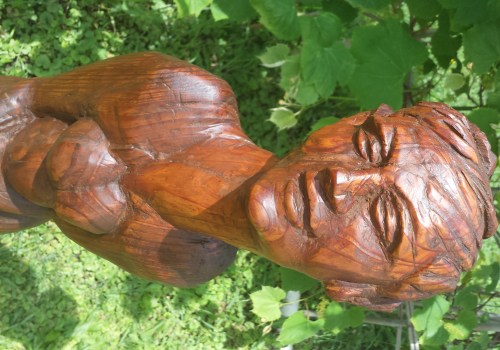
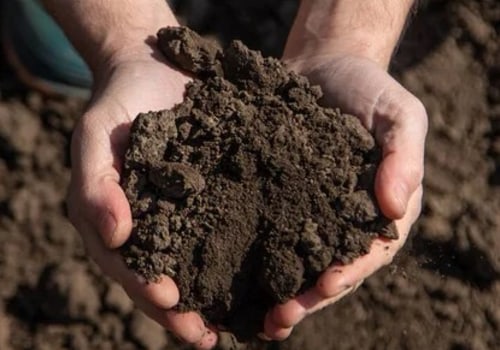
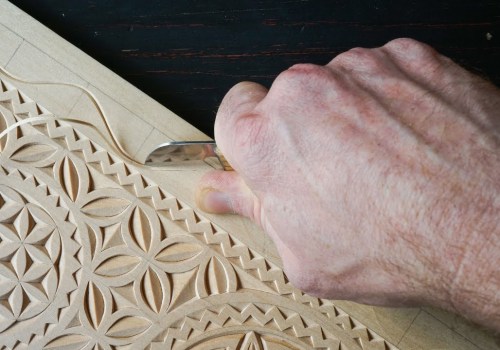
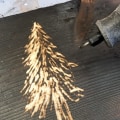
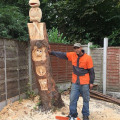
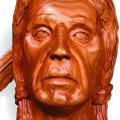
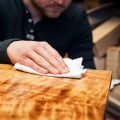


Leave a Comment